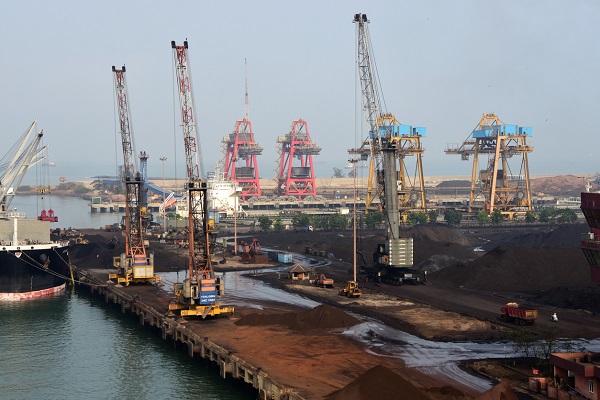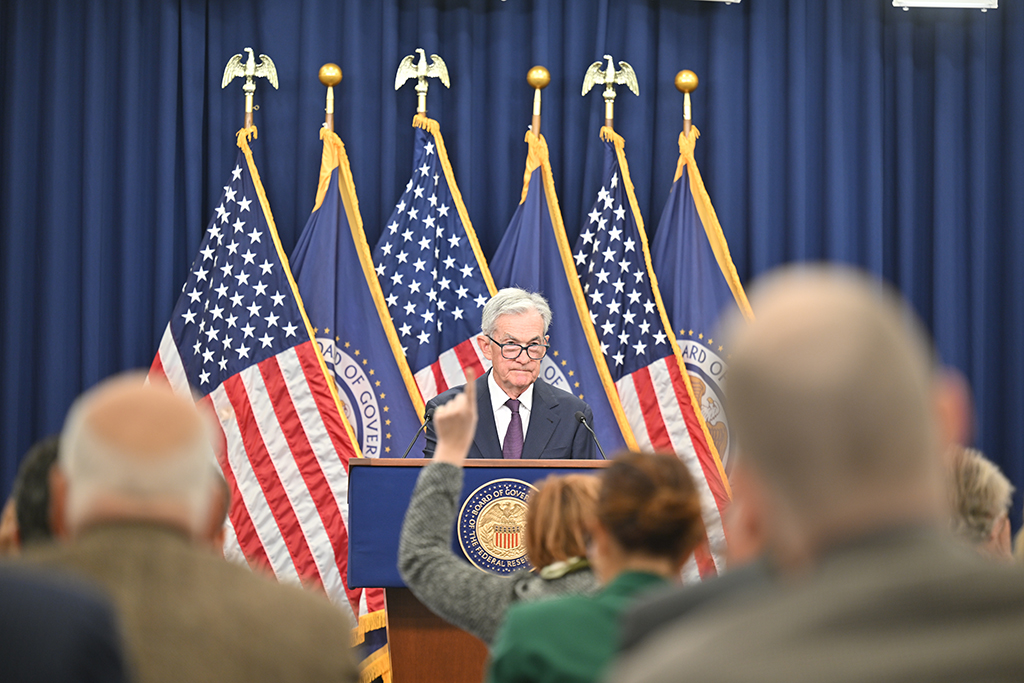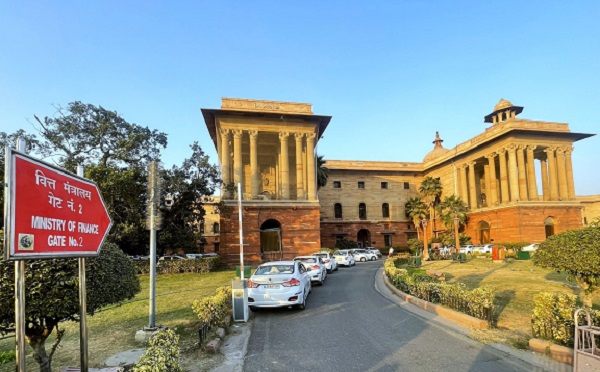.png)
Reciprocal Tariffs: Brace For Impact
Should the RBI and indeed all central banks see the current situation as primarily an inflation problem or a growth problem?
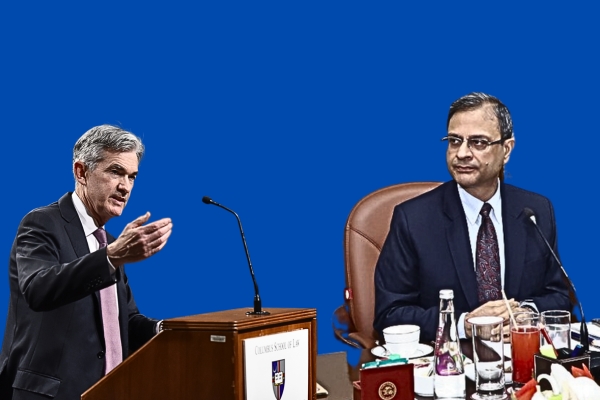
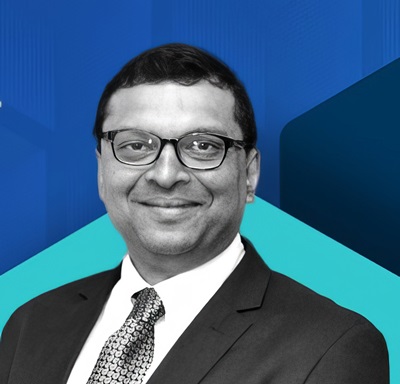
Abheek, an independent economist and ex-Chief Economist at HDFC Bank, provides deep insights into financial markets and policy trends.
April 4, 2025 at 7:44 AM IST
Life is never easy for central bankers. Just as domestic inflation seemed to come under control and liquidity levels normalise, the Reserve Bank of India is suddenly faced with the proverbial mother of all shocks in the form of the steep reciprocal tariffs imposed by the US on all trading partners.
One hopes that the RBI isn’t lulled into complacency by the back-of-the-envelope calculations that are currently doing the rounds. They, somewhat misguidedly, emphasise India’s resilience to the tariff shock given its export exposure to the US and the fact that sectors like pharmaceuticals are exempt.
The US tariff announcement is likely to set off both a global recession and an inflation wave that will reach India’s shores. We cannot pussyfoot around it. It might also be dangerous to gloat over the fact that the 26% tariff imposed on India is lower than that of competitors such as China at 54% or Vietnam at 36%. This apparent tariff advantage might well spur some manufacturing sectors but let us not forget the fact that China and others will ruthlessly cut prices to flood other markets, including India. Our anti-dumping mechanisms and other safeguards will have to work overtime to stem the deluge of cheap goods. All’s most certainly not well.
The RBI’s monetary policy due on April 9 will have to recognise this. The US is on the cusp of what some commentators describe as a “Jimmy Carter” moment for the US, referring to the former president’s term from 1977 marked by both ratcheting inflation and recession. Unlike the Carter period when the word “globalisation” was rarely used, we are now in an era of highly interlinked economies. Spillovers are quick and often severe.
The question is: should the RBI and indeed all central banks see this as primarily an inflation problem or a growth problem? Opinion varies but there is a strong view emerging that it might make sense for central banks as principally a growth problem and wait for the inflation trajectory to pan out. In short, it might be worth their while to stay behind the curve on inflation and stay ahead on growth.
Why so? Monetary policy is forward looking when it comes to inflation and the future trajectory of inflation is fuzzy to say the least. There could be countervailing tariffs from trading partners, bilateral trade deals signed and concessions made by the US in exchange for gestures made by its trading partners. Besides, the very complexity of global supply chains makes it virtually impossible to figure out how long the tariff-driven inflation spiral will last and where it will finally leave the price line.
The impact of growth, both immediate and the foreseeable future seems clear. American consumers will have to cut back spending and Chinese factories reduce their shifts starting as early as this next week. In fact, the combination of demand destruction and surplus capacity in giant economies like China might actually breed deflationary forces under the overlay of tariff driven repricing.
What should the RBI do in more specific terms? One would argue for a frontloaded rate cut of 50 basis points given the current global situation. Secondly, it perhaps needs to recognise the fact that the quantity of money in the system or liquidity is just as important, if not more, than interest rates. Most bankers would agree that it was the enduring shortage of liquidity, not the policy rate that was the principal problem over the last year. Term repo operations are like a temporary band aid on the deeper wound of durable liquidity shortage. They are not a substitute.
The RBI seems to have corrected course with the slew of Open Market Operations and foreign currency swaps that it has rolled out in the Malhotra regime. The RBI should signal its commitment to ensure that these large liquidity gaps do not reappear. In fact, the desirable amount of money supply, that stems partly from infusions of durable liquidity, should enter the policy discourse.
Finally, there is some apprehension about pockets of stress in consumer loans, microfinance and SMEs. The RBI will have to address this but with a nuanced approach. All unsecured lending, for instance, are not vulnerable. In fact, a large fraction helps drive small businesses. The RBI should not follow a sledgehammer approach to prudential norms. A sharp focus is desirable instead.
Also Read:
What Drives Trump's Madness
Reciprocal Tariffs: Brace For Impact
Trump’s Tariff Shock Revives Mercantilism, Endangers Global Trade
Bilateralism Trumps Multilateralism As US Resets Trade Terms
India’s Muted Response To US Tariffs Contrasts With Global Assertiveness
India Likely to Gain from Trump’s Tariff Overhaul
India Singled Out In Trump’s Escalating Tariff crusade
